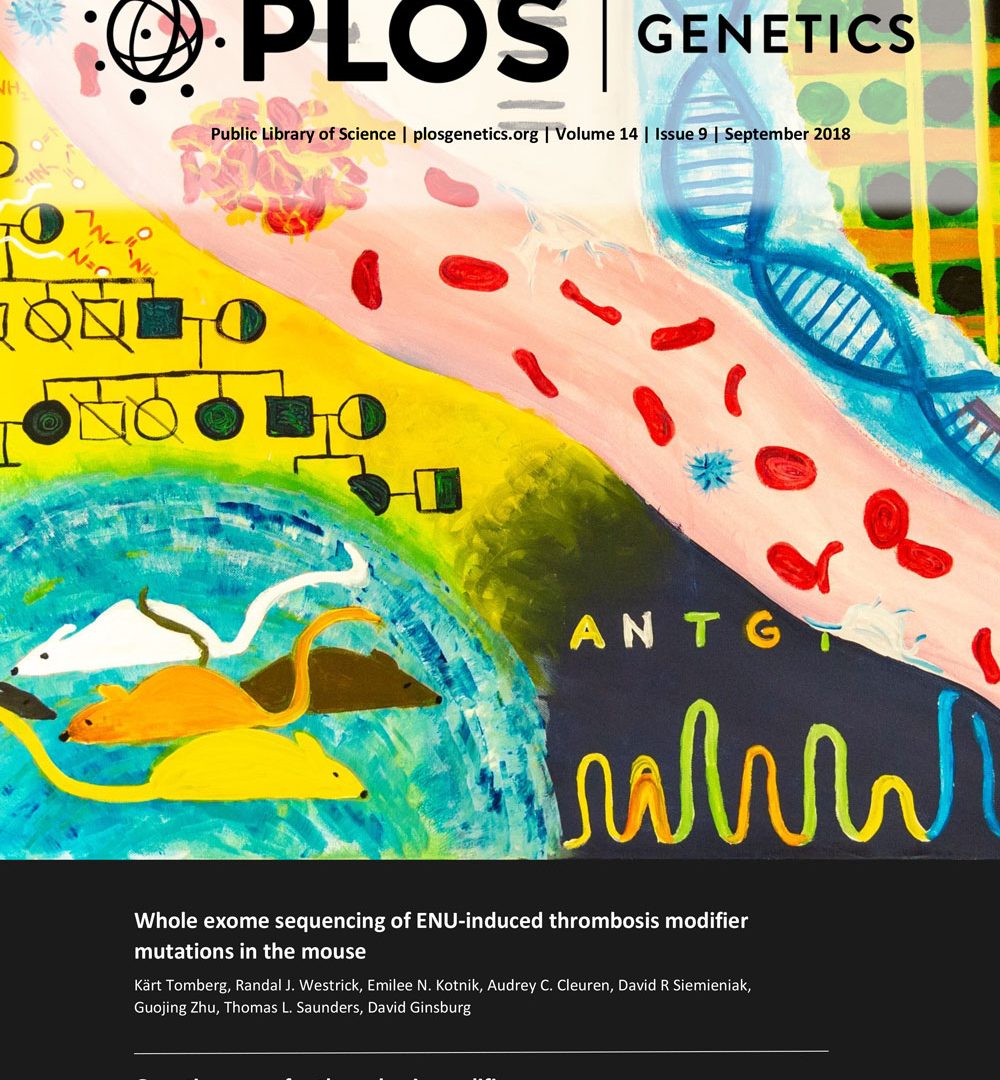MAPK and GSK3/ß-TRCP-mediated degradation of the maternal Ets domain transcriptional repressor Yan/Tel controls the spatial expression of nodal in the sea urchin embryo
PLoS Genet. 2018 Sep 17;14(9):e1007621. doi: 10.1371/journal.pgen.1007621. eCollection 2018 Sep.
Molina MD1, Quirin M1, Haillot E1, De Crozé N1, Range R2, Rouel M1, Jimenez F1, Amrouche R1, Chessel A1, Lepage T1.
Author information
1. Department of Natural Sciences, Institut Biologie Valrose, Université Côte d’Azur, Nice, France.
2. Department of Biological Sciences, Auburn University, Auburn, Alabama, United States of America.
Abstract
In the sea urchin embryo, specification of the dorsal-ventral axis critically relies on the spatially restricted expression of nodal in the presumptive ventral ectoderm. The ventral restriction of nodal expression requires the activity of the maternal TGF-β ligand Panda but the mechanism by which Panda restricts nodal expression is unknown. Similarly, what initiates expression of nodal in the ectoderm and what are the mechanisms that link patterning along the primary and secondary axes is not well understood. We report that in Paracentrotus lividus, the activity of the maternally expressed ETS–domain transcription factor Yan/Tel is essential for the spatial restriction of nodal. Inhibiting translation of maternal yan/tel mRNA disrupted dorsal-ventral patterning in all germ layers by causing a massive ectopic expression of nodal starting from cleavage stages, mimicking the phenotype caused by inactivation of the maternal Nodal antagonist Panda. We show that like in the fly or in vertebrates, the activity of sea urchin Yan/Tel is regulated by phosphorylation by MAP kinases. However, unlike in the fly or in vertebrates, phosphorylation by GSK3 plays a central role in the regulation Yan/Tel stability in the sea urchin. We show that GSK3 phosphorylates Yan/Tel in vitro at two different sites including a β-TRCP ubiquitin ligase degradation motif and a C-terminal Ser/Thr rich cluster and that phosphorylation of Yan/Tel by GSK3 triggers its degradation by a β-TRCP/proteasome pathway. Finally, we show that, Yan is epistatic to Panda and that the activity of Yan/Tel is required downstream of Panda to restrict nodal expression. Our results identify Yan/Tel as a central regulator of the spatial expression of nodal in Paracentrotus lividus and uncover a key interaction between the gene regulatory networks responsible for patterning the embryo along the dorsal-ventral and animal-vegetal axes.
PMID: 30222786
DOI:10.1371/journal.pgen.1007621

